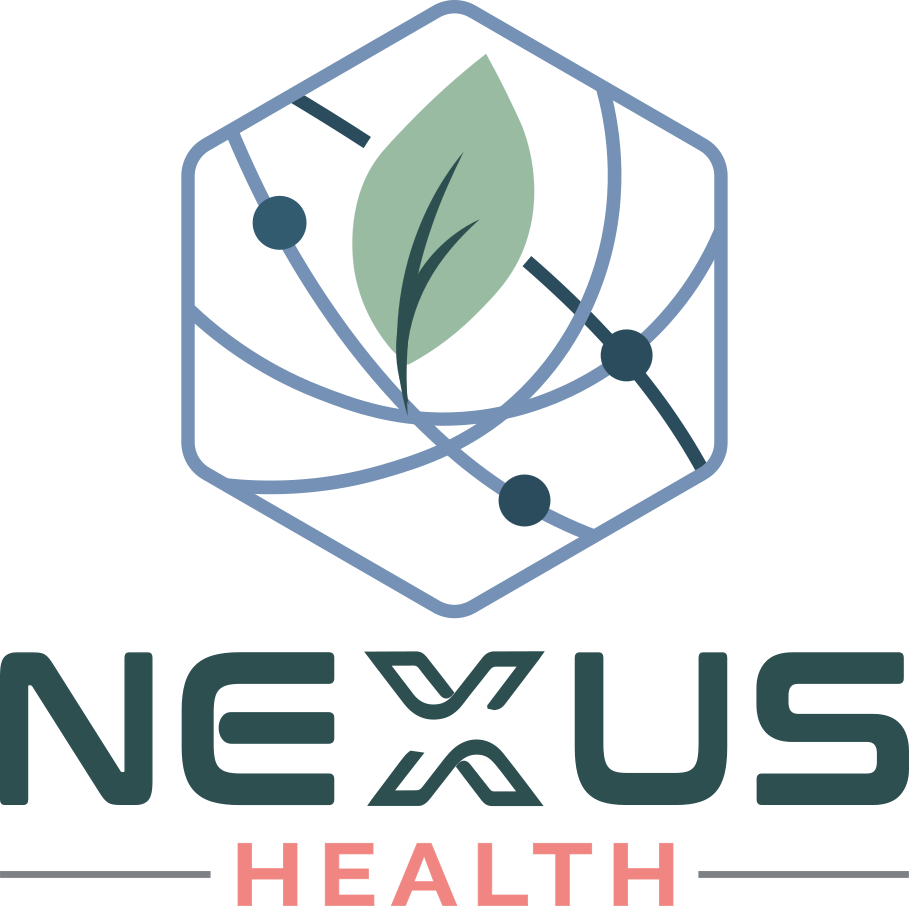Cupping Therapy
What is Cupping Therapy?
Cupping therapy is an ancient healing method that involves placing special cups on the skin to create suction. This suction gently pulls the skin, underlying tissue, and muscles upwards into the cup. Originating thousands of years ago in Traditional Chinese Medicine (TCM), it has also been used in various other traditional medical systems worldwide. The therapy is known for leaving distinctive circular marks on the skin, which are a normal and temporary result of the suction.
Cupping can be used as a stand-alone therapy or combined with other treatments such as acupuncture, Tui Na, or Gua Sha to enhance therapeutic outcomes.
How Does Cupping Therapy Work?
A Traditional Understanding
In Traditional Chinese Medicine, health is understood as the harmonious flow of Qi (pronounced "chee"), or vital life energy, and Blood throughout the body along specific pathways called meridians. When Qi and Blood become stagnant, blocked, or imbalanced, it can lead to pain, inflammation, and illness.
Cupping works by:
Drawing out stagnation: The suction created by the cups helps to pull out stagnant Qi and Blood from deeper tissues to the surface, allowing fresh Qi and Blood to flow in.
Promoting circulation: It invigorates the flow of Qi and Blood within the meridians, thereby relieving pain and promoting healing.
Expelling pathogens: Traditionally, cupping is believed to help expel external pathogens like "wind" and "cold" that can invade the body and cause illness, particularly for conditions like colds, flu, and muscle aches.
This traditional approach views the body as an integrated system, aiming to restore the natural balance and harmony essential for health.
A Modern Scientific Perspective
From a contemporary Western medical viewpoint, cupping's therapeutic effects can be understood through several physiological mechanisms:
Increased Local Circulation: The suction draws blood to the surface, increasing local blood flow. This rich supply of oxygen and nutrients aids tissue repair.
Muscle and Fascial Release: The negative pressure creates a "decompression" effect, lifting and separating fascial and muscle layers to release tension and improve flexibility.
Pain Modulation: Stimulating nerve endings can activate the body's natural pain-relieving mechanisms, like endorphin release, reducing the perception of pain.
Inflammation Reduction: Enhanced blood flow and lymphatic drainage help clear inflammatory by-products, reducing swelling and promoting healing.
Immune System Boost: Research suggests the micro-trauma from cupping may stimulate a localized immune response.
In essence, cupping is a soft tissue decompression therapy that promotes healing by enhancing circulation, reducing muscle tension, and modulating pain signals.
What Can I Expect During a Treatment?
At Nexus Health, your Cupping session will be tailored to your specific needs. The treatment typically takes place with you lying comfortably on a massage table. For optimal effectiveness, we provide on-skin treatment, meaning you will need to undress to your comfort level to allow for direct application of the cups to the skin. Rest assured, your privacy and comfort are paramount; appropriate draping will be used throughout the session.
Your initial session will begin with a thorough consultation. We'll discuss your detailed health history, current concerns, and your goals for the treatment. This allows us to create a personalized and effective Cupping treatment plan just for you.
During the session, the practitioner will apply cups (often glass, plastic, or silicone) to the skin, typically on the back, shoulders, or other areas of concern. A vacuum is created inside the cups, either by heating the air within them (fire cupping) or by using a manual pump. The cups may be left in place for a few minutes (stationary cupping) or moved along the skin after applying oil (gliding cupping). You will feel a strong suction and pulling sensation. After the cups are removed, it is common and normal for circular marks (ranging from light red to deep purple) to appear where the cups were placed. These marks are not bruises but indicate the movement of stagnant blood and typically fade within a few days to a week.
How Many Treatments Will I Need?
The number of Cupping treatments needed varies greatly depending on the individual, the condition being treated, its severity, and how long you've had it.
Acute conditions (e.g., a recent muscle strain or cold) might respond well to 1-3 sessions.
Chronic conditions (e.g., long-standing pain, persistent tension) may require a series of treatments, perhaps 4-8 sessions, often with follow-up maintenance as needed.
General wellness and stress reduction can be supported with regular, less frequent sessions as part of your overall health regimen.
Your practitioner will discuss a recommended treatment plan with you after your initial assessment, adjusting it as your condition progresses and your body responds.
What Conditions Can Cupping Help With?
Cupping therapy is a versatile technique that can effectively address a wide range of conditions, particularly those involving pain, inflammation, and stagnation.
-
Back and neck pain
Shoulder pain
Sciatica
Muscle tension and stiffness
Fibromyalgia
Sports injuries (e.g., strains, sprains, post-exercise recovery)
Headaches and migraines (especially tension-related)
Arthritis (reducing pain and inflammation)
-
Colds and flu symptoms (especially congestion, cough)
Asthma and bronchitis (to help clear phlegm and ease breathing)
-
Indigestion, bloating, and certain types of abdominal discomfort
-
Reducing overall stress and tension
Promoting deep relaxation
Addressing fatigue and low energy
-
Improving local circulation to promote healing
Cupping therapy works wonderfully as a standalone treatment or in conjunction with acupuncture and other forms of care, aiming to draw out stagnation and allow your body's natural healing processes to flourish.


